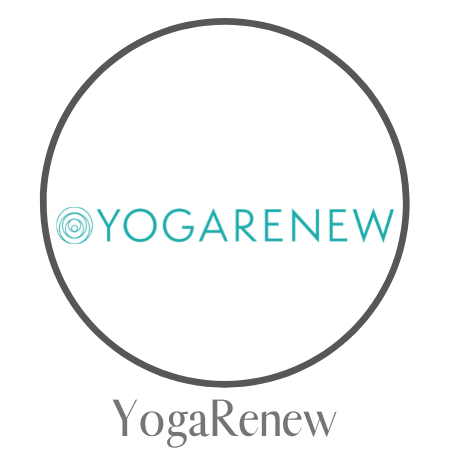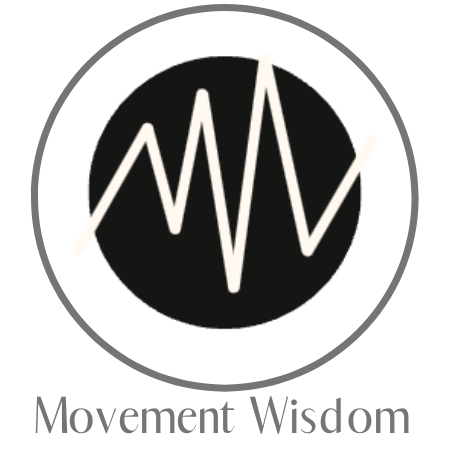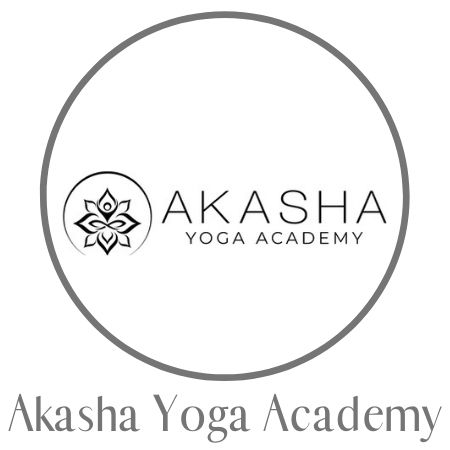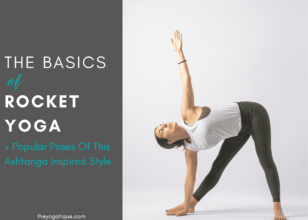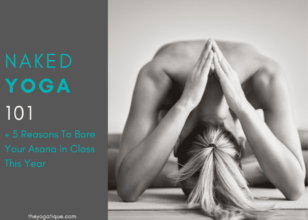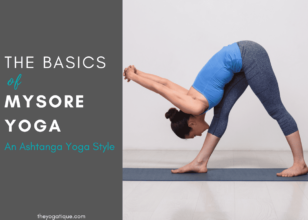What is yoga exactly, and what are the main types of yoga that are commonly practiced? There are many interpretations of what yoga is, but let's stick to the most widely practiced part of yoga, the asanas (yoga postures), and unpack ten popular types of yoga, their benefits, and who they are best suited for.
When I was in my yoga teacher training, the Sanskrit definition of yoga we were taught to remember was “Yogas chitta vritti nirodha”. These are Patanjali's (considered to be the father of modern yoga) words. In English, that translates to “yoga removes the fluctuations of the mind”. In other words, yoga centers and grounds you in your body and helps you let go of any mental disturbances. Yogas chitta vritti nirodha, say it with me!
But aside from calming the mind, other benefits of yoga include increased flexibility, muscle strength, tone, energy, and vitality.
Now, you may be asking yourself which style of yoga to choose. There are so many now. Well, that all depends on your needs and temperament. Intrigued? Keep reading to discover which type of yoga suits you best.
Article content:
(Click any link below to jump directly to section)
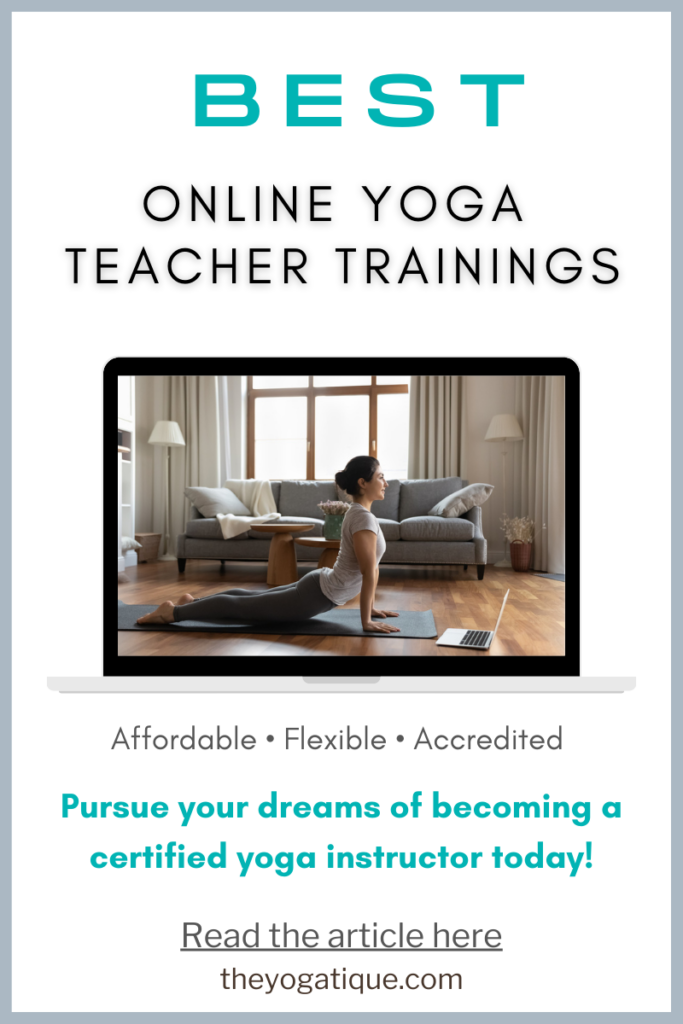
THE YOGA TEACHER TRAINING
YOU'VE BEEN LOOKING FOR.
Online Yoga Teacher Training Offers
- Affordability
- Flexibility
- Certification
- Lifetime access
⬇Click below to discover the best Yoga Alliance registered online yoga certifications enrolling now⬇
10 types of popular yoga styles
With its ancient roots and modern adaptations, yoga offers a diverse range of practices to suit various needs, preferences, and fitness levels.
From the foundational postures of Hatha yoga to the dynamic flows of Vinyasa, the disciplined sequences of Ashtanga, and the precise alignments of Iyengar, you'll discover how each practice can enhance your well-being.
I also explain the heated intensity of Bikram yoga, the holistic approach of Sivananda, the deep stretches of Yin, the gentle calm of Restorative, the invigorating Power yoga, and the transformative energy of Kundalini.
By understanding the characteristics and advantages of these ten yoga styles, you can find the practice that resonates most with you and embark on a fulfilling yoga journey.
Whether you're seeking physical strength, mental clarity, or spiritual growth, there's a type of yoga for everyone. Let's explore the benefits of these ten styles of yoga:
1. Hatha yoga
Hatha is one of the most traditional types of yoga and the most widely practiced, making it the best style of yoga for beginners.
Any form of yoga that moves your physical body is actually a branch of Hatha yoga. And yes, there are styles of yoga where you don’t move at all! Bhakti and Yoga Nidra, for example.
A typical Hatha yoga class includes meditation and breathing techniques as well as asanas, i.e. physical postures. Ideally, a comprehensive Hatha yoga class includes philosophy teachings, but unfortunately, many modern classes skip this part.
Who Hatha yoga is best for
Hatha is a great option for any level, whether you are a beginner or an advanced practitioner. You can change its intensity by increasing or decreasing the duration of holding each pose. It's also good for older adults who are looking to improve the mobility of their joints.
If you are looking for a more wholesome and comprehensive approach to yoga that does not focus on asanas alone, this is your type of yoga.
Benefits of Hatha yoga
Hatha yoga improves flexibility, strength, and core strength. It can also help reduce stress, depression, and anxiety. After a good Hatha yoga class, I feel at ease and centered. I am at peace and present.
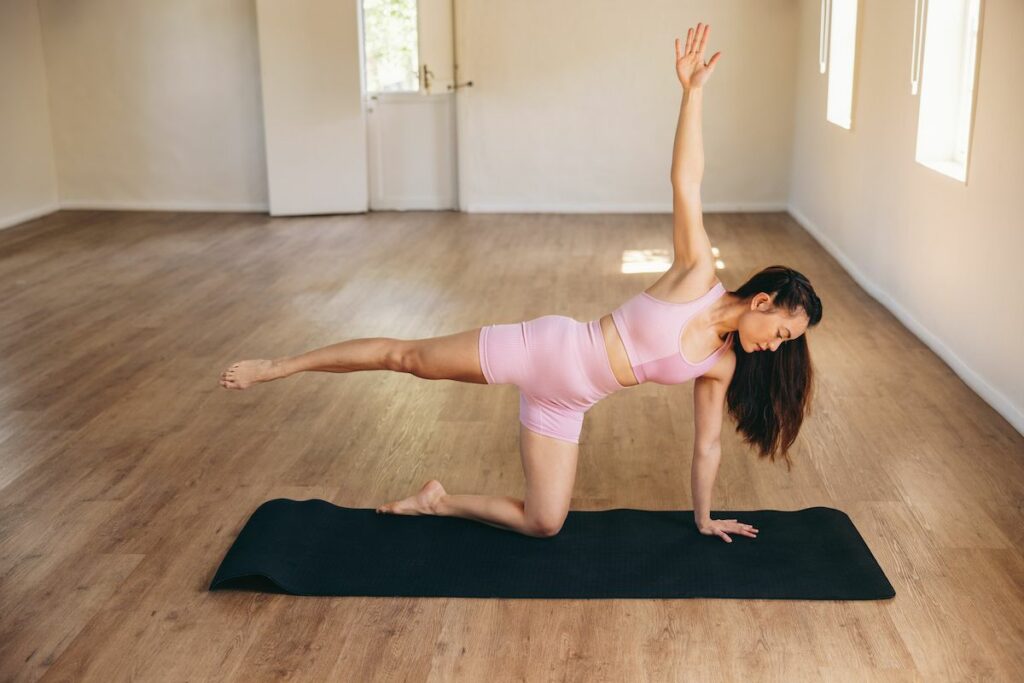
2. Vinyasa yoga
Vinyasa is a very active and rigorous form of yoga. In a Vinyasa class, you are constantly transitioning from one pose to another, synchronizing your breath with movement. It is all about performing patterns of poses.
Who Vinyasa yoga is best for
Vinyasa is especially great for those who need a lot of movement to let go of stress.
Benefits of Vinyasa yoga
Vinyasa yoga's scientifically proven benefits include improved flexibility, muscle strength, heart and bone health, and blood flow. It's also great for strengthening cartilage and joints and elevating mood. Vinyasa yoga also helps with digestion, detox, and better sleep quality.
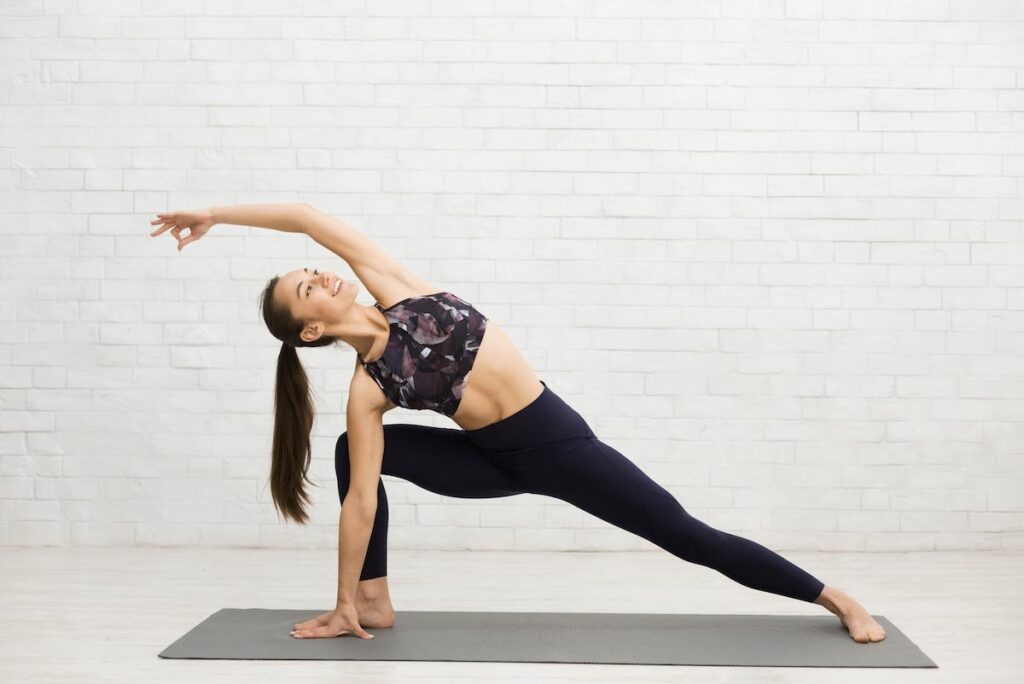
3. Ashtanga yoga
Ashtanga has strict yoga sequences to be followed in each class, and it also synchronizes breath with movement. In Ashtanga yoga, the breath is very important because it informs you whether or not you are focused. Because of this, Ashtanga is a very physically demanding style of yoga and is widely considered the most difficult.
Who Ashtanga yoga is best for
Ashtanga classes are great for those who like the sweat, rigor, and discipline of it. There's much to be said about the power of repetition.
Only when you practice the same sequence repeatedly, and the positions become routine can you focus on the deeper aspects of your yoga practice. If you have to think every time which hand goes where then your mind will be distracted and concerned with whether you are doing the physical postures correctly.
Ashtanga is not for those who get injured easily because the injury rate is high, particularly in the joints.
Benefits of Ashtanga yoga
Ashtanga is great for losing weight because it has a strong cardio component. Like other types of yoga, it can improve concentration. Practicing Ashtanga can also help you develop healthy self-esteem because it strengthens your core, which is the seat of your solar plexus chakra, which is associated with the sense of self.
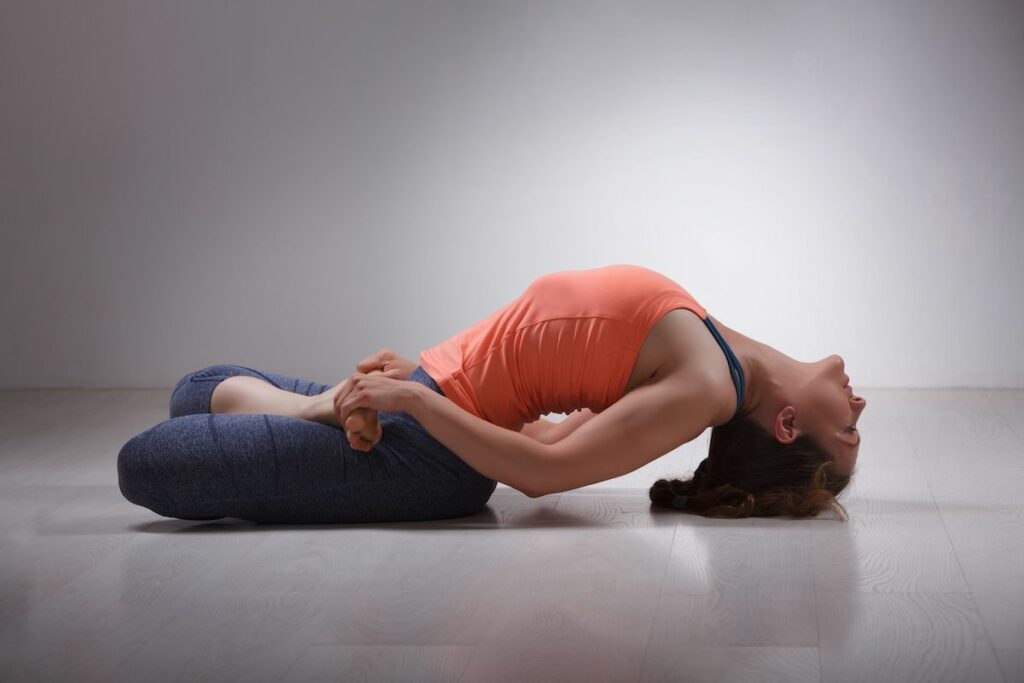
4. Iyengar yoga
Iyengar is a form of yoga where great emphasis lies on the structural alignment of the practitioner. I like it because it’s very detailed and precise, with minimal risk of injury due to its emphasis on proper alignment. This style of yoga makes great use of props so that the proper alignment of the body is achieved.
Who Iyengar yoga is best for
Because of its use of props, Iyengar yoga is really good for beginners, the injured, the elderly, and those with any physical limitations who can perform asanas correctly.
When my students aren't able to bend low in a Forward Seated Bend, I give them a folded blanket to sit on. By raising the height of their hips, they manage to do the pose correctly. This is the principle behind most Iyengar yoga postures.
Benefits of Iyengar yoga
Iyengar improves physical and mental health and helps with back pain and any postural issues. It also helps you develop body awareness because you need to understand each instruction on what to do with your body parts.
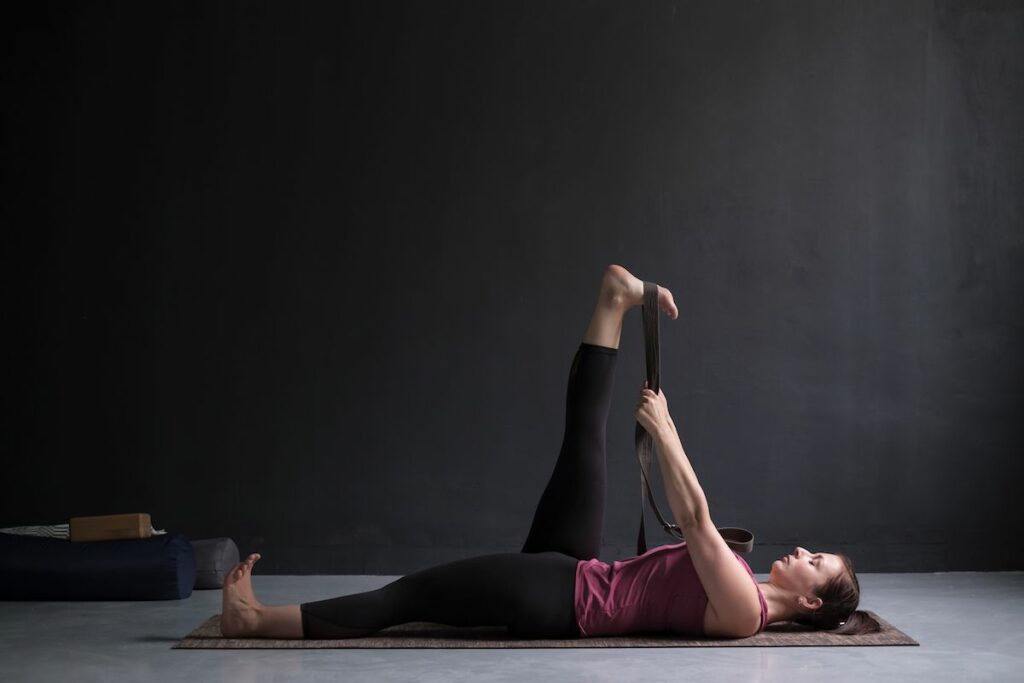
⬇Yoga Alliance registered yoga teacher trainings you should look into⬇
5. Bikram yoga
Bikram is a type of hot yoga class. In Bikram classes, you follow the same set sequence in each class, and the room is heated to 105°F with 40 percent humidity. A Bikram class is 90 minutes long and consists of 2 breathing exercises, 24 asanas, and a 2-minute-long Savasana.
Who Bikram yoga is best for
Bikram is best for those who thrive on heat. Really, your organism needs to be “into” this type of temperature. Also, if you like a more military vibe, this is the yoga style to practice. I, personally, am not that into it.
Benefits of Bikram yoga
Bikram is a great detox because you sweat profusely. It also improves strength, mobility, and balance and tones the muscles.
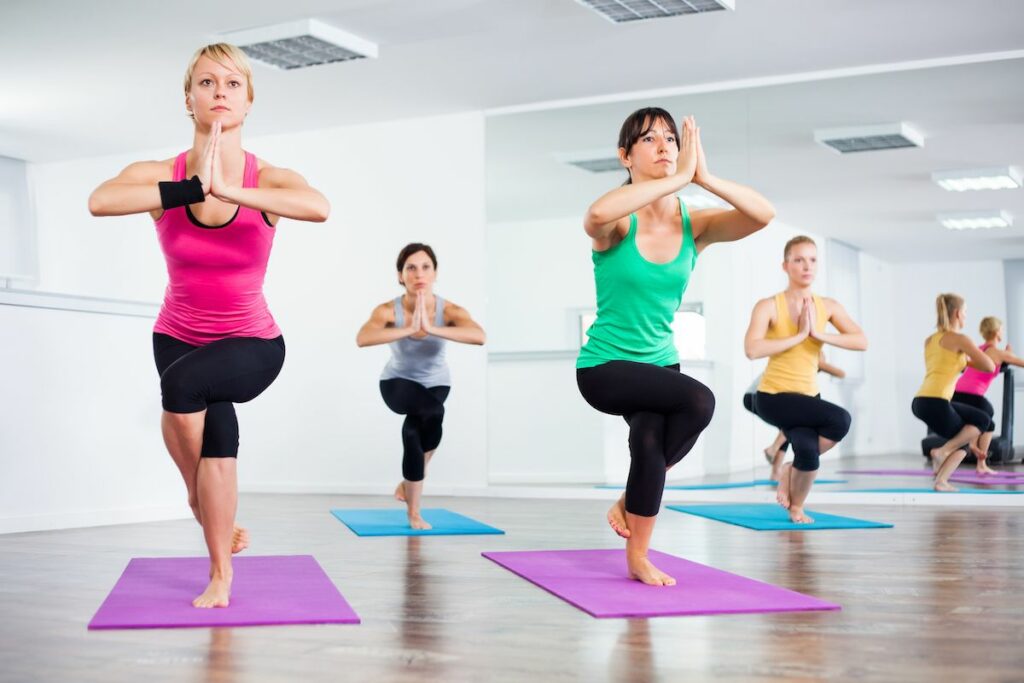
6. Sivananda yoga
Sivananda yoga is based on Swami Sivananda's teachings and has its roots in Hatha yoga. A class is typically 90 minutes long and starts with a relaxing asana, such as Savasana, before progressing to the other 12 basic asanas.
A Sivananda yoga class includes inversions, backbends, forward bends, twists, and balancing. This style of yoga also includes regular relaxation periods.
Who Sivananda yoga is best for
If you are more concerned with your health and physical well-being, then this is your practice. The goal of the Sivananda yoga system is a healthy and vital body with zero illnesses.
Benefits of Sivananda yoga
Sivananda improves flexibility, circulation, and strength and keeps the body young.
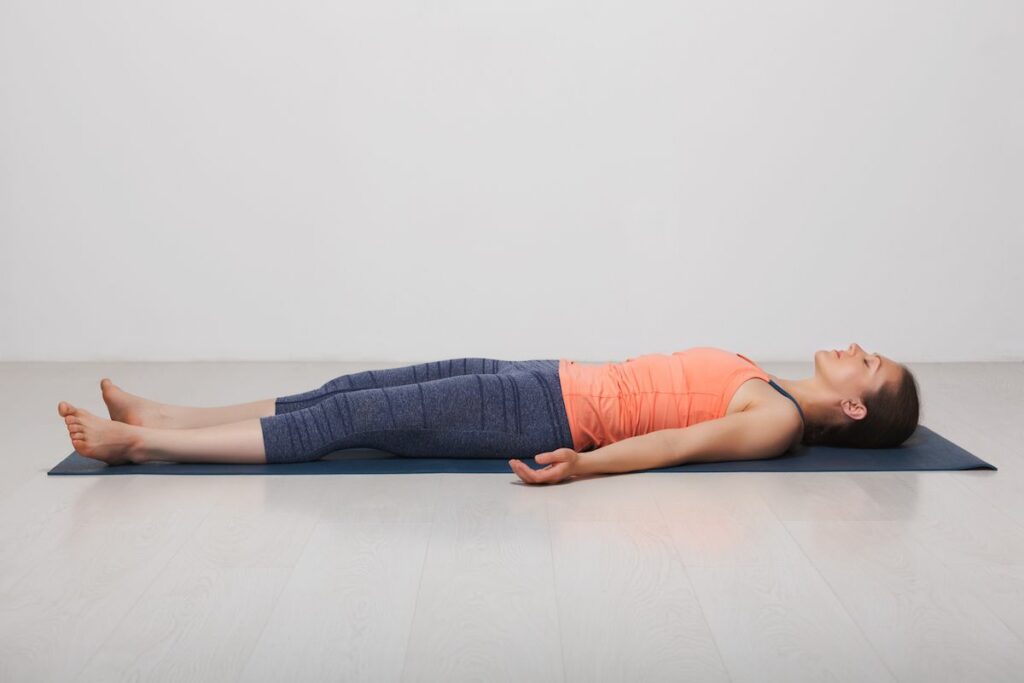
7. Yin yoga
The focus of Yin yoga is working deep into the connective tissues, unlike most other yoga styles that work more with muscles. Stimulating fascia is said to help release trauma, stress, and anxiety. Poses are held for 2-7 minutes in a Yin yoga class.
The longer, the better because it enables a deeper release of tension. These classes are very soothing and gentle. But Yin requires patience because a lot of Yin yoga involves holding a pose and just waiting.
Who Yin yoga is best for
If you already have a more energetic routine, it's good to supplement it with Yin. For example, a friend of mine does Ashtanga first and then ends his practice with Yin. That's not to say that Yin is not suitable as a stand-alone practice. It's meant for everyone looking for a more gentle approach to mind-body health. Even though I teach Hatha, Yin is probably my favorite style.
Benefits of Yin yoga
Yin yoga improves joint and connective tissue health and brings balance and relaxation.
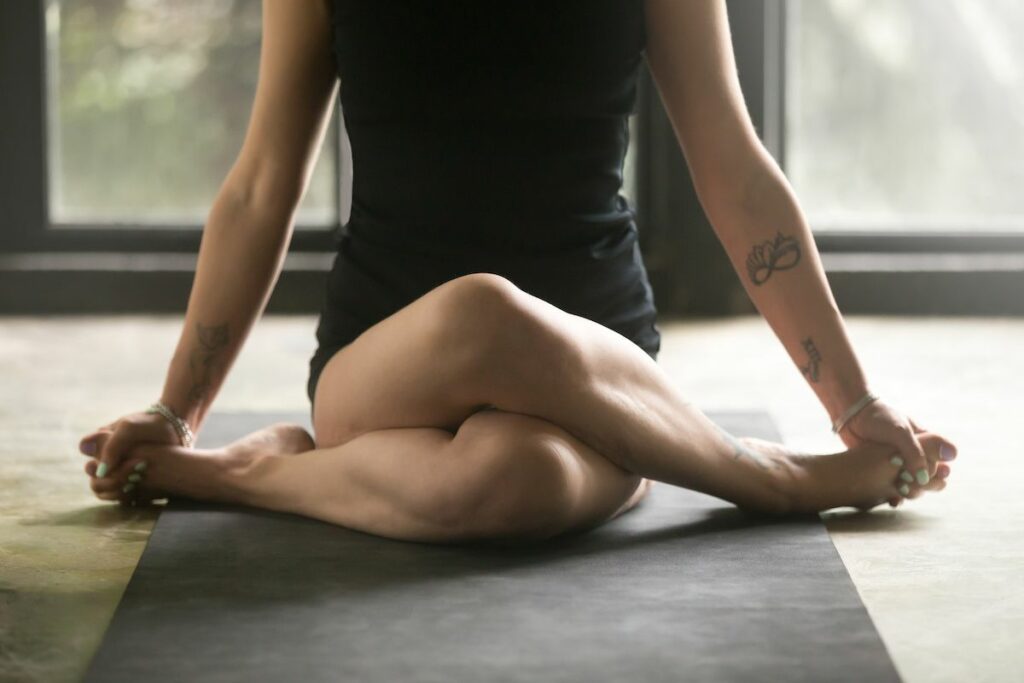
8. Restorative yoga
Restorative yoga is the most relaxing style of yoga that uses a whole lot of props, such as blocks, straps, sandbags, bolsters, and blankets to support the body and create a passive mind-body release.
As the name indicates, it has a restorative effect on the mind and body. It aims to activate the parasympathetic nervous system and switch off fight or flight mode. When in our parasympathetic mode, we feel calm, relaxed, and safe. This is the goal of Restorative yoga. As mentioned, it's completely passive, and there are no active movements.
Who Restorative yoga is best for
Due to its healing effects, Restorative yoga is great for anyone looking to release stress, feel safe, and experience deep relaxation.
Benefits of Restorative yoga
Restorative yoga activates the body’s natural healing mechanisms and thereby brings you into a state of healing. It facilitates a sense of calm and relaxation, so it's not uncommon for people to fall asleep in a Restorative yoga class.
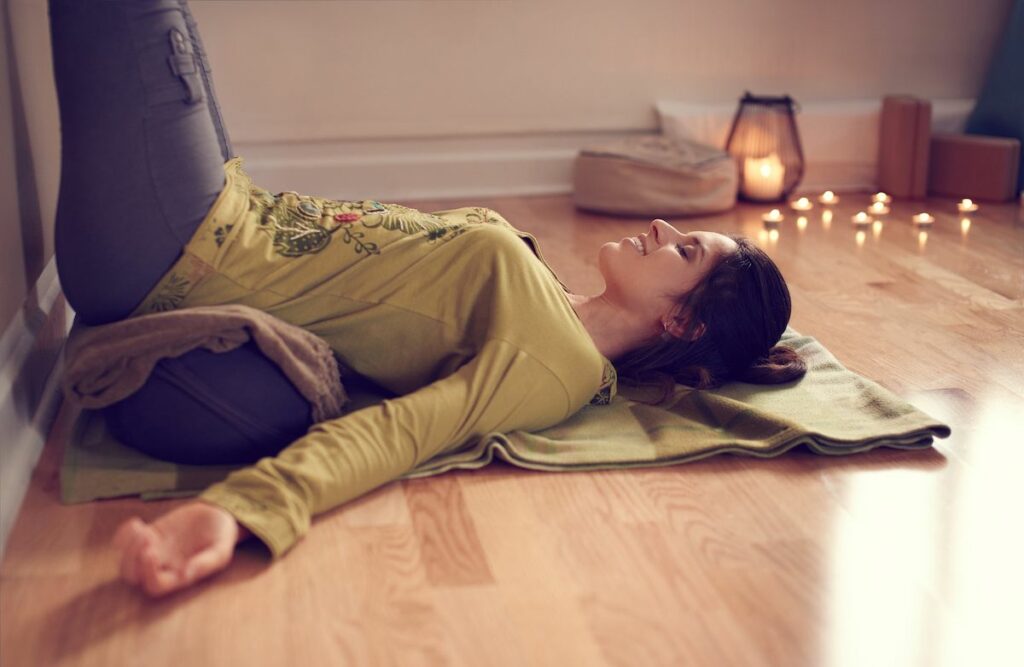
9. Power yoga
Power yoga classes are only concerned with the physical aspects of yoga. they are not spiritual. Some criticize it because it deviates so much from what original yoga was about. But I say, let's focus on the similarities here, not the differences. As I see it, Power yoga does your body good, and it's rooted in the modern science of working out.
Who Power yoga is best for
Power yoga is great for anyone interested in a whole-body cardio and strength-building workout.
Benefits of Power yoga
Power yoga helps to release stress. It also activates good biochemicals and puts you in a good mood. When I was doing Power yoga, I remember feeling ecstatic after class. I had more energy and felt like there was nothing I couldn't do.
Power yoga also invigorates your immune system and improves sleep by calming the chaotic mind from the great workout. It can also help work against the development of osteoporosis because it is focused on building strength. Moreover, it increases lung capacity from the cardio workout.
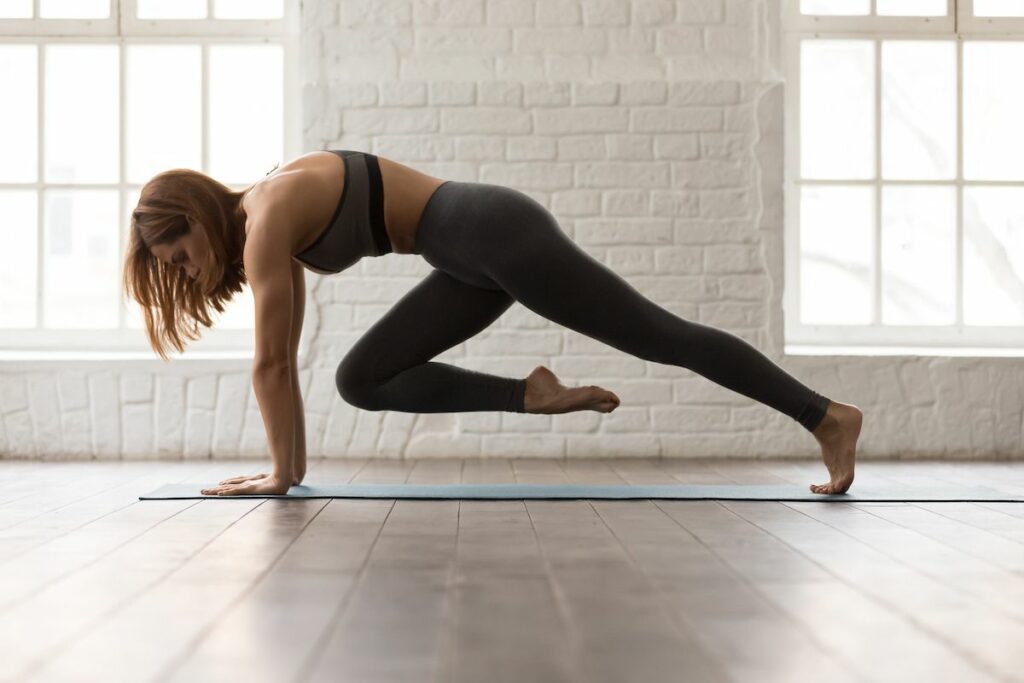
10. Kundalini yoga
I have a friend who refers to this style as “Spiritual Crossfit.” It's a very special and the most spiritual of all yoga styles, in my opinion. In Kundalini yoga classes, you do kriyas, mantras, chants, and repetitive exercises, which are accompanied by music. I remember my Kundalini yoga classes as classes I went to to let go of my frustrations and become a more peaceful person.
Who Kundalini yoga is best for
Kundalini is best suited for people who are more interested in the spiritual aspects of yoga because, as your Kundalini energy awakens, you are closer to achieving enlightenment.
Benefits of Kundalini yoga
According to Healthline, Kundalini reduces stress and anxiety, improves cognitive functioning, and boosts self-perception and self-appreciation. It opens your heart, helping you become more compassionate and connected to yourself and others. It improves creativity, and charisma, and increases your energy levels.
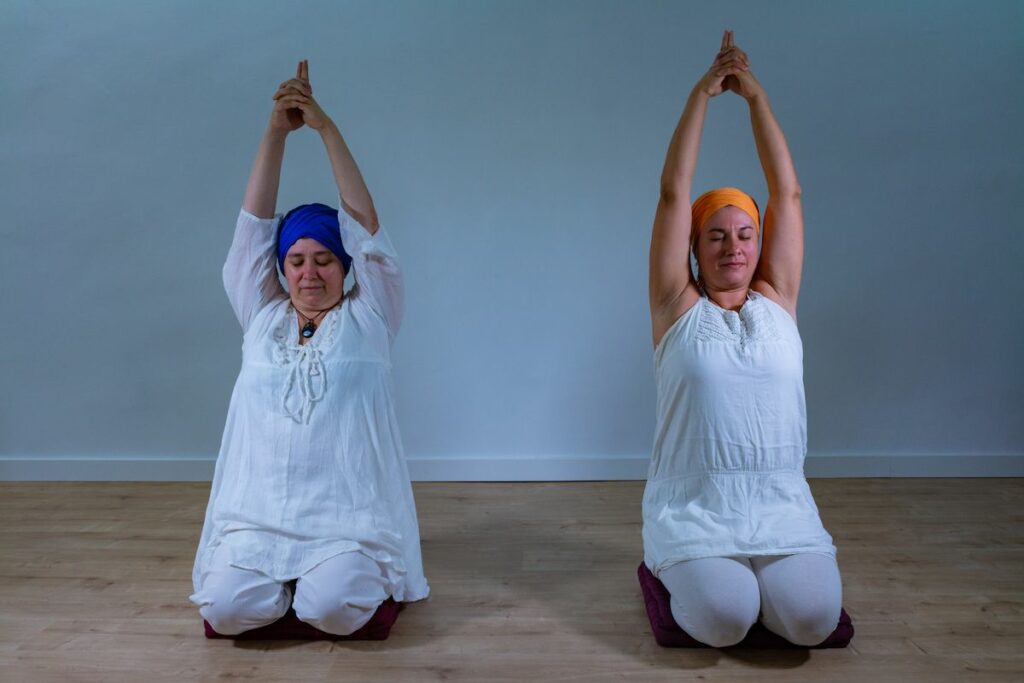
Takeaway on the 10 types of yoga you should try
There is an unwritten rule among some yogis that you should practice the types of yoga that challenge you the most, the ones that go against your nature. I disagree with this. I think we are already challenging ourselves enough every day in this crazy, modern world, so it's better to make things easier for ourselves, at least on the mat. Do what makes you most comfortable.
Some online yoga studios, online yoga teacher training programs, and brands that we write about may offer us a small percentage should you decide to purchase after reading our content. Thank you for enabling us to exist!


